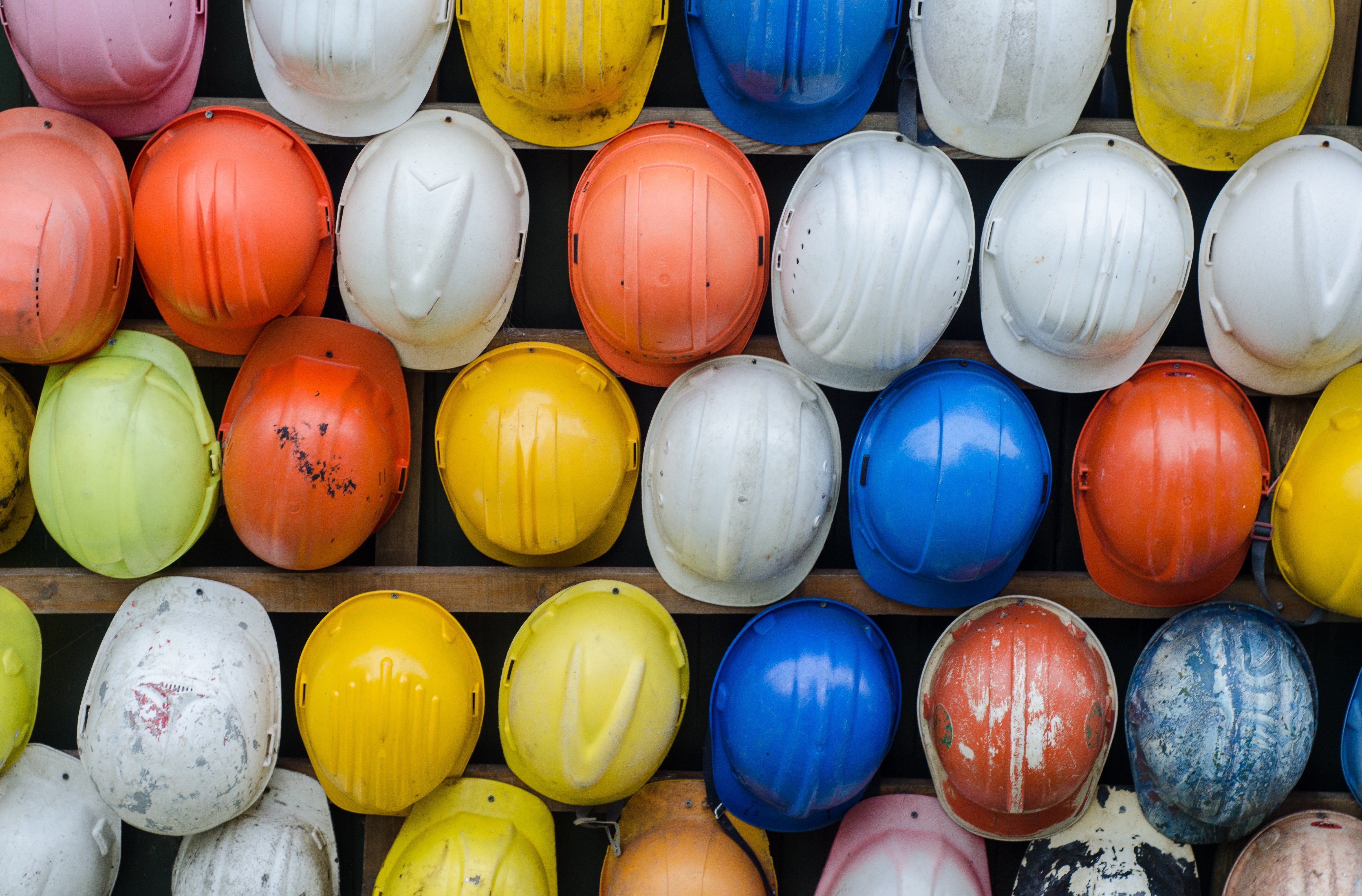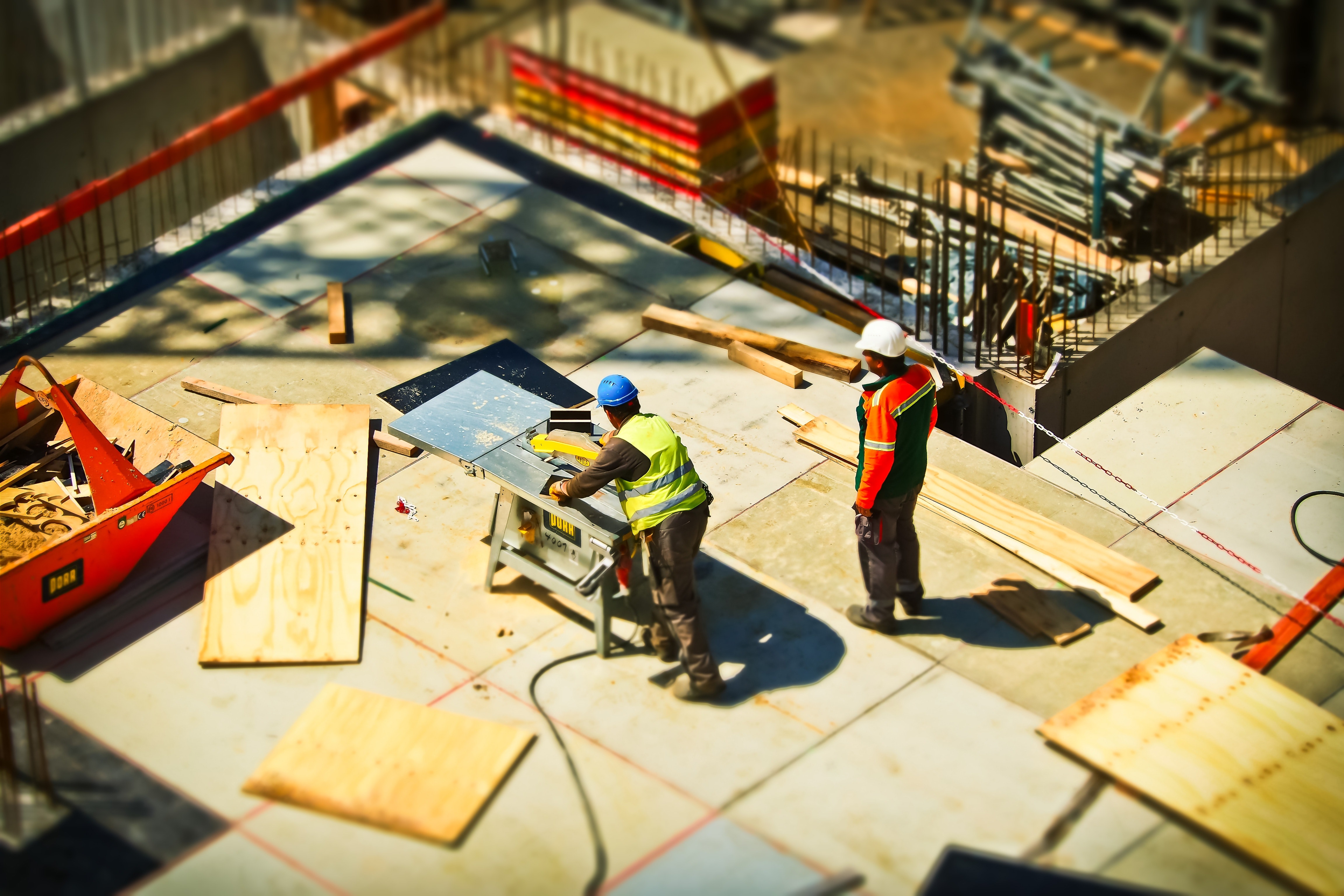Your organisation is responsible for anyone who comes onto your premises. If the contractors’ work is hazardous, you need to regulate and control their activities carefully.
Contractors visiting your premises to work will be unfamiliar with the workplace and its settings. They’re likely to be carrying out more hazardous tasks than those normally working on the premises. These tasks may vary from low-risk servicing of machines, cleaning duties, to hazardous activities connected to electricity or construction works.
Employers have general duties to contractors under the Health and Safety at Work Act, the Occupiers Liability Act and under common law. The specific legislation relating to contractors is the Management of Health & Safety at Work 1999 (MHSWR), and detailed duties are stipulated in legislation such as The Construction (Design and Management) Regulations 2015.

What do I need to do?
Organisations must manage contractors on their premises, both to protect contractors themselves and keep others who are using the building safe. If employers are deemed negligent due to lack of management or poor contractor control, the civil and criminal consequences can be severe.
Ensure any contractor undertaking works are knowledgeable, skilled and competent; and will reduce health and safety risks. Selecting a competent and able contractor is vital, so depending on the task, you may need obtain or gather some or all of the following:
- Details of previous work, especially contracts similar in nature
- References from previous contracts
- Relevant trade association membership – e.g. NICEIC for electrical contractors or Gas Safe for gas installers
- A copy of the contractor’s health and safety policy
- General risk assessments
- Details of the contractor’s health and safety training – e.g. their employees’ CSCS qualifications
- Emergency procedures and first aid provision
- How they select and manage sub-contractors
- Details of safe systems of work e.g. method statements and permits to work
- Evidence of adequate public liability insurance
Once you’re satisfied you’ve selected the right contractor, they must carry out specific risk assessments relating to the contract before starting work. Define the job, identify hazards, assess, eliminate and reduce risks, specify health and safety conditions and discuss, communicate and co-ordinate with you.
You won’t need all of the above information for every contractor. For example, cleaning or low-risk servicing only require evidence of competence. Once you’ve considered the risks arising from contractors on site, consider ways to control their activities.
Straightforward control measures include contractors displaying identification showing they’re part of the contracting team, including their name, company, position and photograph as an example. Make sure they sign in when entering the site, so you know who’s on the premises if there’s an emergency and reinforce your health and safety information and site rules.
Extra ways to manage contractors is to use work permits when you need to carry out hazardous work, such as heat or open flame, working in confined spaces, or working on hazardous plant such as electrical equipment. Evaluate and measure the contractor’s performance. Formally review and action any findings.

The main way to manage contractors for large construction projects is the Construction (Design and Management) Regulations 2015 (CDM). CDM safeguards contractors and anyone affected by their work, by making various duty holders in the construction process responsible. Namely, the client, planning supervisor, designer, contractor and principal contractor.
In summary, your organisation is responsible for managing on-site contractors. If your contractors’ work is hazardous, you need to regulate and control their activities carefully. That way you can avoid penalties, delays, and the time it takes to investigate accidents and undertake remedial works.
Mark Hutchinson, BEng DipSM MIIRSM FRSPH ProfGradIMMM AMBCI
BCarm Senior Risk Engineer
